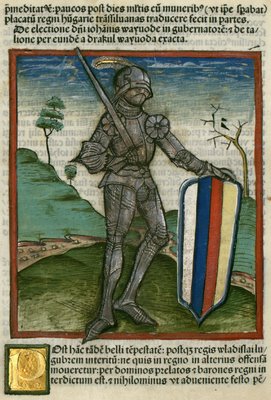
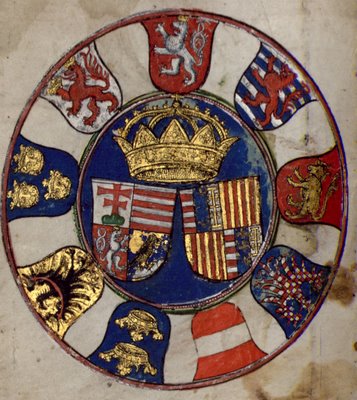
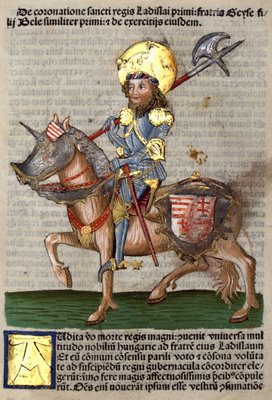
I like the 'Bibliotheca Corviniana Digitalis' in Hungary not least because I stole lifted the Magpie emblem - top right of BibliOdyssey - from there (it's actually a 15th century family crest, from memory). But the main reason I like it is because it's easy to view the material. The above book - 'Chronica Hungarorum' - has many battle scenes and royal portrait miniatures, available in thumbnail images.
"János Thuróczi wrote his history of Hungary in 1487. The work was printed in 1488 in Brünn and again in the same year in Augsburg. The publisher of the Augsburg edition dedicated the work to Matthias and used gold paint for the dedication of this luxury copy printed on parchment. Today this is the first known book printed with gold paint"
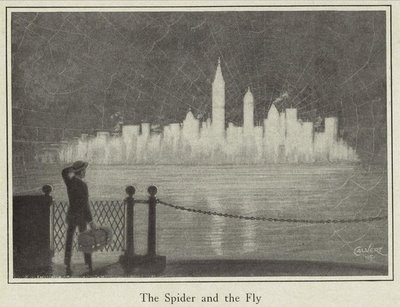
'The Spider and the Fly' by Calvert 1915.
I only found 2 images from the mysterious 'Calvert' - both at NYPL. I love this.

'Orgues de la Major par J. Matthial, élève de Pierre Puget.
Dessiné à la plume d'après nature par J. Jarry 1842'
Dessiné à la plume d'après nature par J. Jarry 1842'
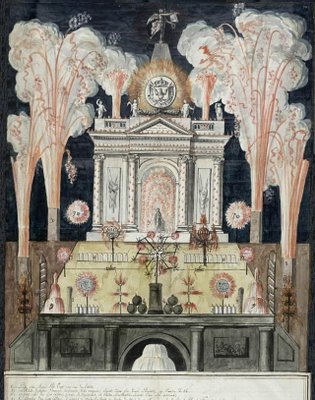
'Plan du feu d'artifice projeté à l'occasion du passage de Napoléon
Bonaparte à Marseillle en l'an 13. Trouvé en 1M528 du Cabinet du Préfet'
Bonaparte à Marseillle en l'an 13. Trouvé en 1M528 du Cabinet du Préfet'
The organ sketch and the plan for fireworks for Napoleon are both spliced from screencaps taken from the modest gallery at 'Archives Départementales des Bouches-du-Rhône' (of course, the site is down right at the moment but click: 'Archives en ligne' then 'Documents figurés' to start the session).

Misteraitch points out the wonderful
sampling of manuscript images on show at Verlag
from 'Geometria et Perspectiva' by Lorenz Stoer, 1567.
sampling of manuscript images on show at Verlag
from 'Geometria et Perspectiva' by Lorenz Stoer, 1567.
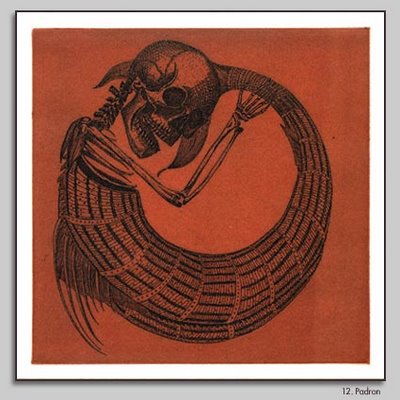
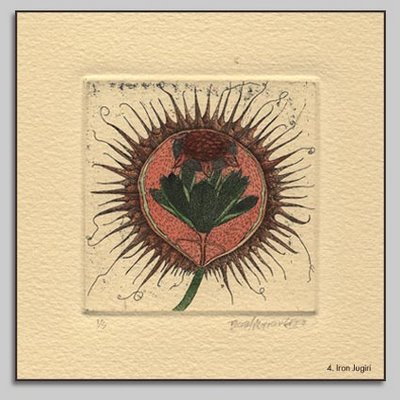
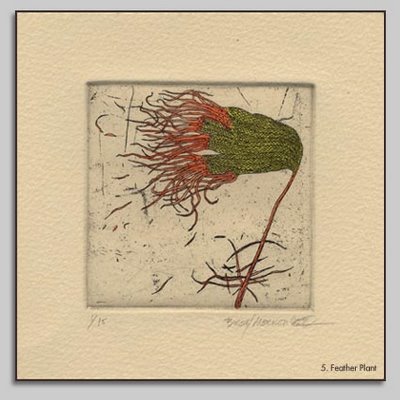
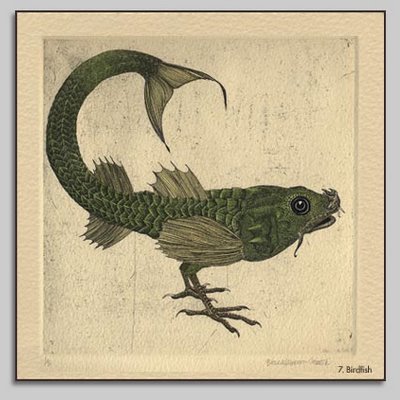
Etchings by printmaker Briony Morrow-Cribbs, who is also an
aficionado of Wunderkammer/Cabinets of Curiosity [more here].
Briony told me that her work published in books is unfortunately not online.
aficionado of Wunderkammer/Cabinets of Curiosity [more here].
Briony told me that her work published in books is unfortunately not online.
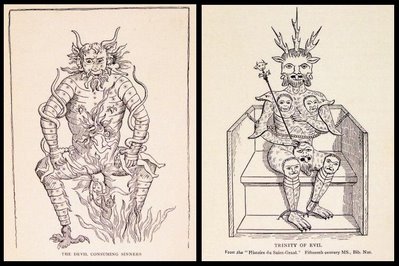
Spliced page images from 'Devils' by Charles J Wall, 1904
and although the seller at ebay would have us believe this
relates to the occult and devil worship etc, it looks much
more like a study of devils in culture to me.
and although the seller at ebay would have us believe this
relates to the occult and devil worship etc, it looks much
more like a study of devils in culture to me.
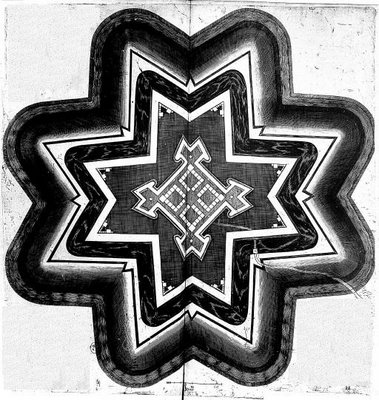
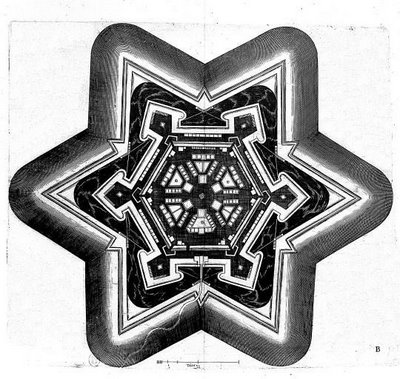
You'll be forgiven if, like me, your first thoughts upon seeing the above 2 images was some sort of decal or floor tile pattern. They are actually design sketches for military forts from 'Illustrations de Des Fortifications et Artifices, Architecture et Perspective' from the late 16th century by Jacques Perret with illustration work by Thomas de Leu. 3 pages of thumbnail photocopy quality images at the BNF-Gallica website. (description in french)
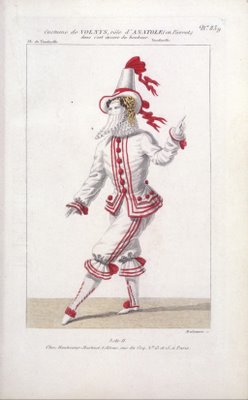

Two images from ~1833 taken at random from the
Hautecoeur Martinet 'Galeries Théâtrales', also at BNF-Gallica.
Hautecoeur Martinet 'Galeries Théâtrales', also at BNF-Gallica.

"Specialties. Carboy, Naked or Boxed. Regular or Special Finish."
Indeed. This odd page (displaying my reversion to adolescence perhaps) comes from an odd book called 'Illustrated Catalogue and Price List Illinois Glass Company. Manufacturers of Bottle and Glass Containers of Every Kind' 1906 which is to be found in the equally odd but definitely interesting Bureau of Land Management 'Bottle Typing (Typology) and Diagnostic Shapes' site. [via Makowski und Pepe]
This is from a book (on ebay) published in Switzerland in 1858 - a
(what looks like) dual french/german issue of 'Hans Holbein's Totentanz
- 'Le Triomphe de la Mort' - with a slightly more sinister tone to
the engravings by Christian de Mechel in my view. [previously]
(what looks like) dual french/german issue of 'Hans Holbein's Totentanz
- 'Le Triomphe de la Mort' - with a slightly more sinister tone to
the engravings by Christian de Mechel in my view. [previously]
[I tend to irregularly but persisently fossick at ebay rather than say, flickr (for example), simply because sellers are much much more likely to provide fairly accurate and/or detailed background when it comes to rare books. I just mention this because there is no specific desire to send them traffic - in fact I know I've posted images previously from completed auctions. But it is definitely a good source of materia obscura.]
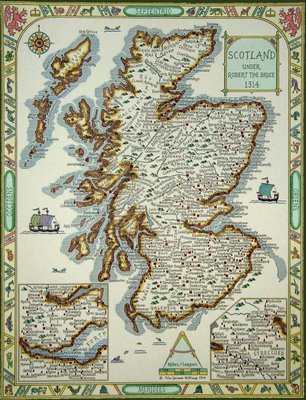
"In 1991, the historical cartographer, John Garnons Williams,
using many early sources, set out to map Scotland with the spellings
of place names and clan names as they were at 1314, the year of
Robert the Bruce's great victory over the English at Bannockburn."
using many early sources, set out to map Scotland with the spellings
of place names and clan names as they were at 1314, the year of
Robert the Bruce's great victory over the English at Bannockburn."

I've had this rather elegant 1631 map of the dutch province of
Zeeland by Jodocus Hondius on my desktop for months and months.
It comes via a Lower Saxony digital portal site in Germany
Zeeland by Jodocus Hondius on my desktop for months and months.
It comes via a Lower Saxony digital portal site in Germany

'Historical Diagrams Showing the Subdivision of Australia'
(which taught me a few things) comes from the recently begun
Strange Maps site and was pointed out by the eclectic and prolific Great Map.
(which taught me a few things) comes from the recently begun
Strange Maps site and was pointed out by the eclectic and prolific Great Map.

I've always found it difficult to find well illustrated shell books. I've posted one from the Smithsonian in the past which I still think was less outstanding than I would otherwise have expected (I maintain for one that the digitization quality was lacking compared with most of their other online stock). Perhaps my standards are too high or fickle or something. In real life, shells are incredibly beautiful, as are flowers and sunsets but there are myriad gorgeous illustrations of flowers and sunsets. Anyway, I'd love to see the above book up close and personal: 'Unterhaltungen aus der Naturgeschichte' by GT Wilhelm 1813, again snagged from ebay.
***When I had a quick search to see if this Wilhelm book was online I discovered J Jeffrey's Print Gallery in Japan. Although the image quality is not always fantastic, it has a swag of rare natural history (for the mostpart) and childrens book illustrations and prints - the vast majority of this collection I've never seen anywhere else that I recall. There are quite a few female author/illustrators among them too. Click everywhere.***
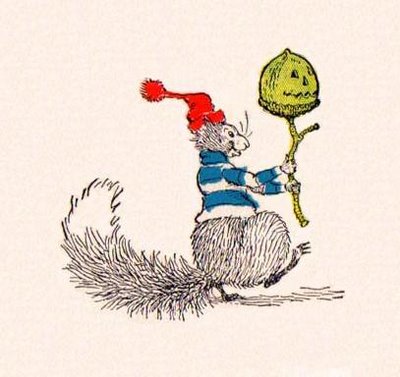
Better late than never. Halloween is but one of the subjects
covered in 'Uncle Wiggly's Apple Roast' from 1927 at Glyph Jockey.
covered in 'Uncle Wiggly's Apple Roast' from 1927 at Glyph Jockey.
[Get well soon Olivia!]



















6 comments :
I love this site. Its like a flea market of treasure online.
Just a quick comment on books with good shell illustrations. I found Albertus Seba Cabinet of natural curiosities-The colored plates-1734-1765 at Barnes and Noble in the discount books section for I think $20.00. it has many pages of shells as well as bugs and butterflies, moths and mamals, and many nore. I love looking through it. Check it out if you can find a copy.
"I stole lifted the Magpie emblem" If you want, I can tell you the "story" of magpie with the ring. I'm a Hungarian cartographer (moving soon to Australia)
:-)
András
Sorry... it's a raven. The magpie is a funny bird (for me). In our Carpathian Basin, people said usualy "don't walk with painted raven (=don't lie)".
András
András, it may have been a raven when it started out in life but I have definitely always regarded it as a magpie; although I suppose the raven and the magpie both share the same trait of being collectors.
Anything more you can contribute about its origin will be appreciated.
This is the Coat of Arms of the Hunyadi Family. I have a gravure with in this theme. (I can't send as comment) :-(
The crow holding a ring in its mouth is in a legend about the descendent of King Sigismund, about Hunyadi János (John of Hunyad, son of Sigismund), father of King Mathias (I was born is the same town-Kolozsvár), governor of Hungary, the victorious hero of the siege of Nándorfehérvár (Belgrade) in 1456. By the legend his father, King Sigismund, King of Hungary, Emperor of the Holy Roman Empire (Germany) fell in love with a young Transylvanian (Walachian) girl. To remember this love the king gave a ring to the girl. The girl, who was the daughter of a Transylvanian noble, gave birth to a boy. When the little child, Jankula played on the yard of the House of the Morzsinai Family a crow stole the ring. The mother of Jankula was frightened and his brother shot the crow. The girl went to the king to remind him of their love and to show him their child. The king took upon himself to bring up the young boy. After a month the king gave a Coat of Arms to the Morzsinai Family (a crow holding a ring in its mouth) and a great tenure in Transylvania, in the Comitat of Hunyad. The boy lived in the Castle of Hunyad and was given him the name: Hunyadi.
Wow, thanks András. Great to get the back story. You're welcome to email the engraving if you wish: peacay AT gmail DOT com
Cheers!
Post a Comment
Comments are all moderated so don't waste your time spamming: they will never show up.
If you include ANY links that aren't pertinent to the blog post or discussion they will be deleted and a rash will break out in your underwear.
Also: please play the ball and not the person.
Note: only a member of this blog may post a comment.